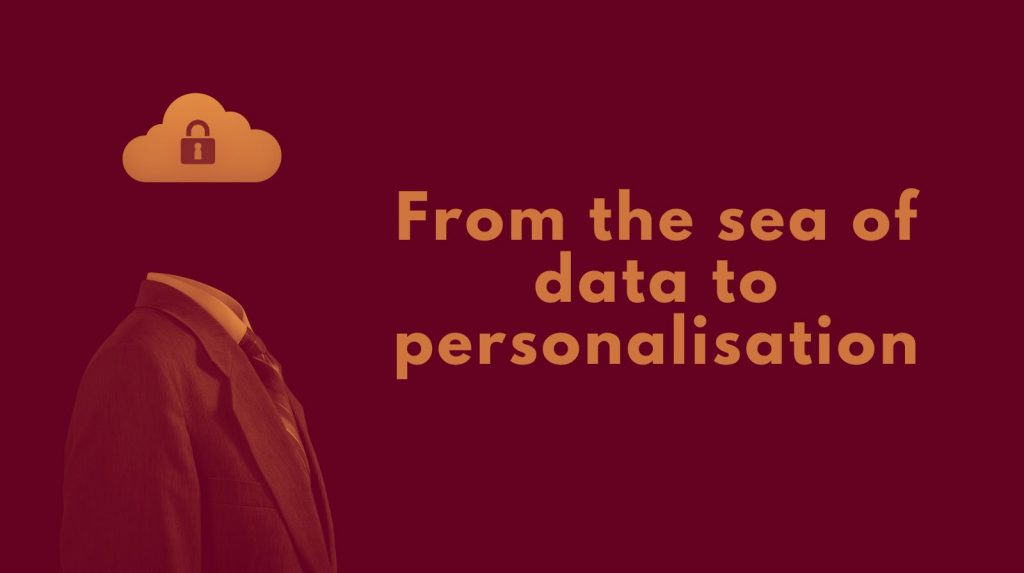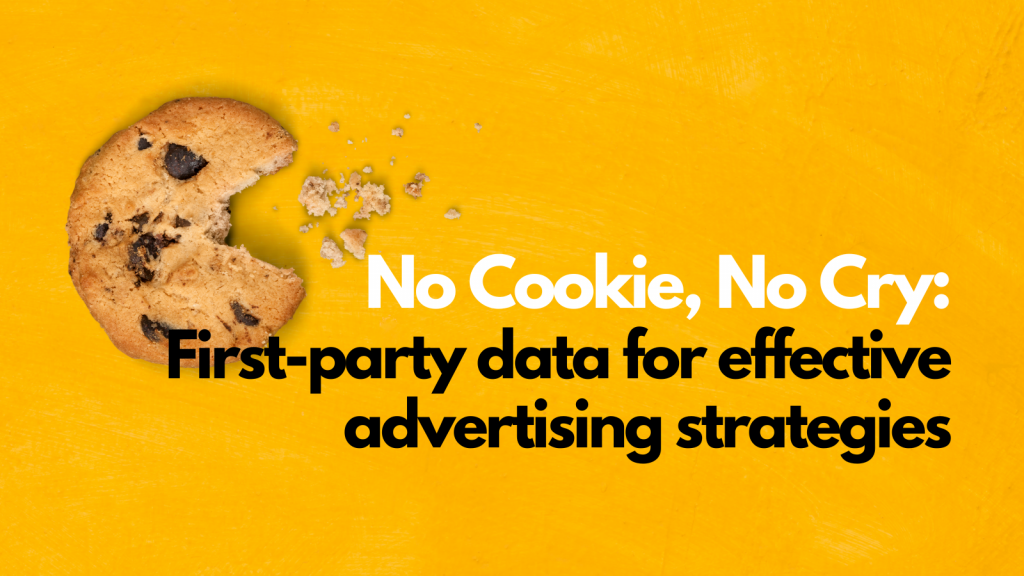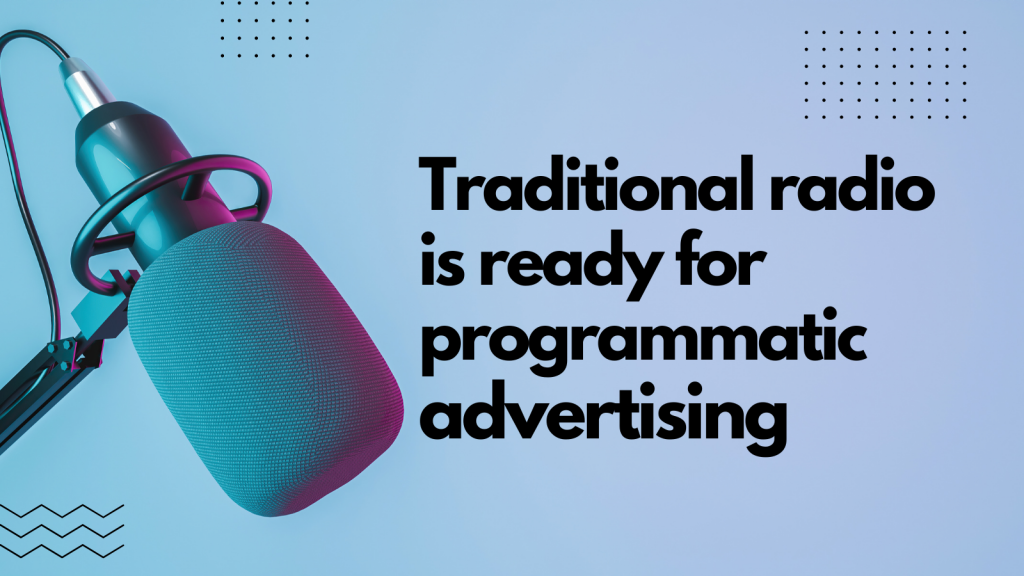In the world of digital marketing, programmatic advertising has established itself as one of the most effective methods for maximising advertising impact, particularly thanks to the ability to automatically buy and place ads in real time. However, advertisers are still faced with the challenge of discovering, analysing and optimally using relevant information in the midst of the digital sea of data in order to effectively address their desired target groups.
The use of artificial intelligence (AI) and machine learning (ML), which together have ushered in a new era of personalisation within the advertising world, is constantly driving the efficiency of automated advertising bookings.
Artificial intelligence never stops learning
Technological innovations have always formed the backbone of programmatic advertising – in particular the use of AI, which is able to make automated ad placement more efficient and effective, opens up new opportunities for the advertising industry. Artificial intelligence impresses with its ability to analyse large amounts of data in real time, create detailed profiles and better understand the behaviour of target groups. This analysis then makes it possible to tailor adverts precisely to the interests and preferences of users and improve the relevance of advertising.
The integration of ML algorithms strengthens these capabilities by enabling supply, demand and data management platforms to learn from data correlations and continuously improve in this way. By analysing data provided by users, these algorithms can, for example, make predictions about which ads achieve the best results with specific users at specific times.
Another important area of application for the technology team is the continuous optimisation of advertising campaigns: By analysing real-time data, the algorithms can automatically make various adjustments to improve the performance of adverts. This can include the optimisation of bidding strategies, the selection of the best advertising inventory and the adaptation of ad formats in order to maximise the impact of the advertising message.
AI and machine learning are still in their infancy
In this interview, Max Deyerl, Senior Product Manager at Virtual Minds, provides further insights into the areas of application of AI and explains how machine learning is used at Virtual Minds.
Max, how are AI-powered predictive models used to improve the success of advertising campaigns?
“AI-powered predictive models can, for example, analyse historical data, demographic information, behavioural patterns and other relevant factors to make predictions about the success of an advertising campaign. Through machine learning, artificial intelligence can also help to identify target groups more accurately and increase the likelihood that users will respond to the adverts. These models can also help to utilise budget or existing inventory more efficiently by predicting which channels, placements and formats will deliver the greatest ROI.”
What role does AI play in detecting and preventing ad fraud?
“Artificial intelligence and machine learning play a crucial role in combating ad fraud and ensuring the integrity of ad delivery. By monitoring suspicious activity in real time and recognising anomalies that may indicate fraudulent activity, they play a crucial part in filtering and blocking ad fraud.By analysing large amounts of data, it can also identify patterns that indicate fraud, such as unusual click patterns, atypical user behaviour or suspicious IP addresses.”
Which metrics are most important for AI in programmatic advertising and why?
“Essentially, these are the same metrics that generally play a role in (programmatic) advertising, whereby artificial intelligence can optimise ads automatically and in favour of the best outcomes: On the ad server side in terms of optimised delivery, the click-through rate (CTR), viewability and engagement are particularly important.The CTR indicates how many users have clicked on an advert in relation to the total impressions. This rate can also be applied to every other event – e.g. completed views for video ads. Viewability refers to how long an advert was in a user’s field of vision, and high viewability rates are important to ensure that adverts are actually seen by users. Engagement metrics, such as time spent on the landing page, show how much users interact with the advert and how effective it is in attracting the desired attention.”
How are AI and machine learning being used within the Virtual Minds full stack now and in the future?
“We are currently working on using machine learning to optimise the bidding behaviour for I/O performance campaigns within our ad server product “Integrated Yield Platform” (IYP) in the future.We will initially incorporate various historical delivery data from placements and campaigns into the model in order to predict the probability of a click or other delivery-relevant events and adjust the bid price accordingly.As a higher click probability leads to a higher bid price, the chance that the corresponding bid will prevail increases at the same time, whereby the bid price can differ not only from campaign to campaign, but also from placement to placement, for example.This approach will ensure more targeted playout in future and will allow the freed-up inventory to be monetised elsewhere.We are also planning to expand this model with other relevant attributes and to integrate it into other areas of Virtual Minds.I’m thinking in particular of our DSP Active Agent, where targeted bidding behaviour is also of great importance. It will be exciting to see how these developments develop in the future and shape the advertising landscape.”







